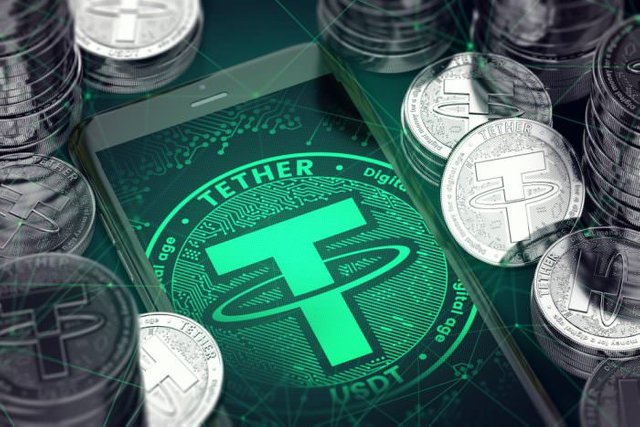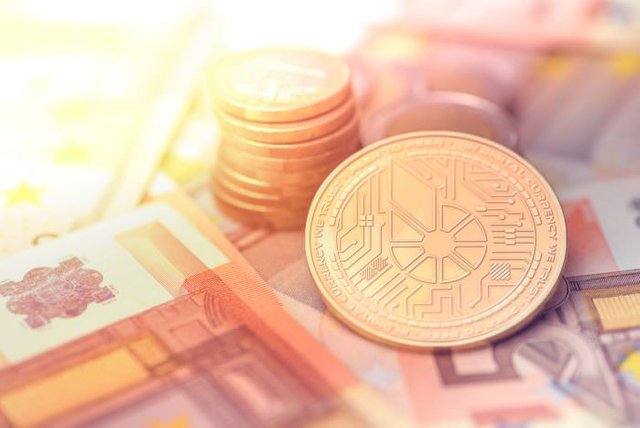Top five stablecoins and their benefits
One of the answers to the volatility inherent in the crypto trading market and the bitcoin exchange rate is the development of what are called stablecoins. They are designed to maintain a stable value in relation to a fiat currency or a given asset. While many stablecoins use the U.S. dollar as their reference, some choices like the bitCNY token use other fiat currencies, in this case, the Chinese Yuan.
Stablecoins offer many benefits and are a secure place to store funds you intend to use in a bitcoin trading platform. You can use a stablecoin as a way to move currency into a platform, such as OpenLedger DEX, which supports the bitUSD, bitEUR and bitCNY tokens.
Now, let’s review top 5 stablecoins, their similarities, and differences below.
Tether (USDT)

The first stablecoin to be widely adopted, USDT is issued on the bitcoin blockchain, and it is claimed that every unit is backed by a U.S. dollar held in the Tether Limited reserves. The company even publishes the bank account on their transparency page. Despite this, the lack of an official audit has led to accusations of missing funds.
It’s available to trade on most major exchanges and has seen a steep drop in market cap in recent weeks. This could be due to some of the questions, or just increased competition in the stablecoin space. Market cap is still an impressive $1.7 billion.
TrueUSD (TUSD)
This USD-backed ERC20 stablecoin is fully collateralized, legally protected, and transparently verified by third-party audits. Multiple escrow accounts reduce risk and provide token-holders with legal protections against misappropriation. It uses TrustToken’s smart contracts to ensure 1:1 parity.
While the TrustToken framework ensures the legitimacy of the process, it is significantly less available than USDT. As of this writing, market cap stands at $175 million.
USD Coin (USDC)
Another contender that’s competing in the stablecoin space is the USD Coin. Launched by the CENTRE consortium and Circle, it’s an ERC20 token that’s guaranteed to peg 1-1 to the U.S. Dollar. Their reserve accounts are audited monthly by certified third parties.
The U.S.-based startup also purchased the successful Poloniex exchange. Despite being launched less than a month ago, USDC has already amassed an impressive $132 million in market cap as of this writing.
DAI (DAI)
The creators of this stablecoin chose a unique approach to maintaining its price. DAI is not backed by fiat currencies, rather it uses a complex system of Collateralized Debt Position (CDP) smart contracts backed by Ethereum.
This caught the eye of Andreessen Horowitz’s a16z crypto fund, which moved to acquire 6% of the total supply of MakerDAO’s MKR token to help facilitate further development of DAI. As of this writing, the market cap is $68 million.
bitCNY (BITCNY)

The bitCNY is a market-pegged asset on the BitShares blockchain based on the Chinese Yuan. There are also bitUSD and bitEUR versions of this stablecoin. It is backed by BTS, and the minimum required collateral for most bitAssets (including the bitUSD) is ~2x. This means that you need to put $200 worth of BTS into the contract to borrow just $100 bitUSD.
In the end, the market peg is achieved by a social consensus such that 1 bitCNY should be worth 1 CNY. Hence, trading against the peg effectively makes you lose money, because someone else will be making a profit from trading toward the peg. The process is a bit complex to understand, and creates a bit more price fluctuation than other methods. Market cap has been as high as $80 million.
Post written by Darya Karatkevich
Darya is a blockchain market observer with 5+ years of experience as an author and editor for major tech blogging platforms. Her fortes are blockchain technologies and solutions, cryptocurrencies and crypto-related regulations.
Follow OpenLedger!